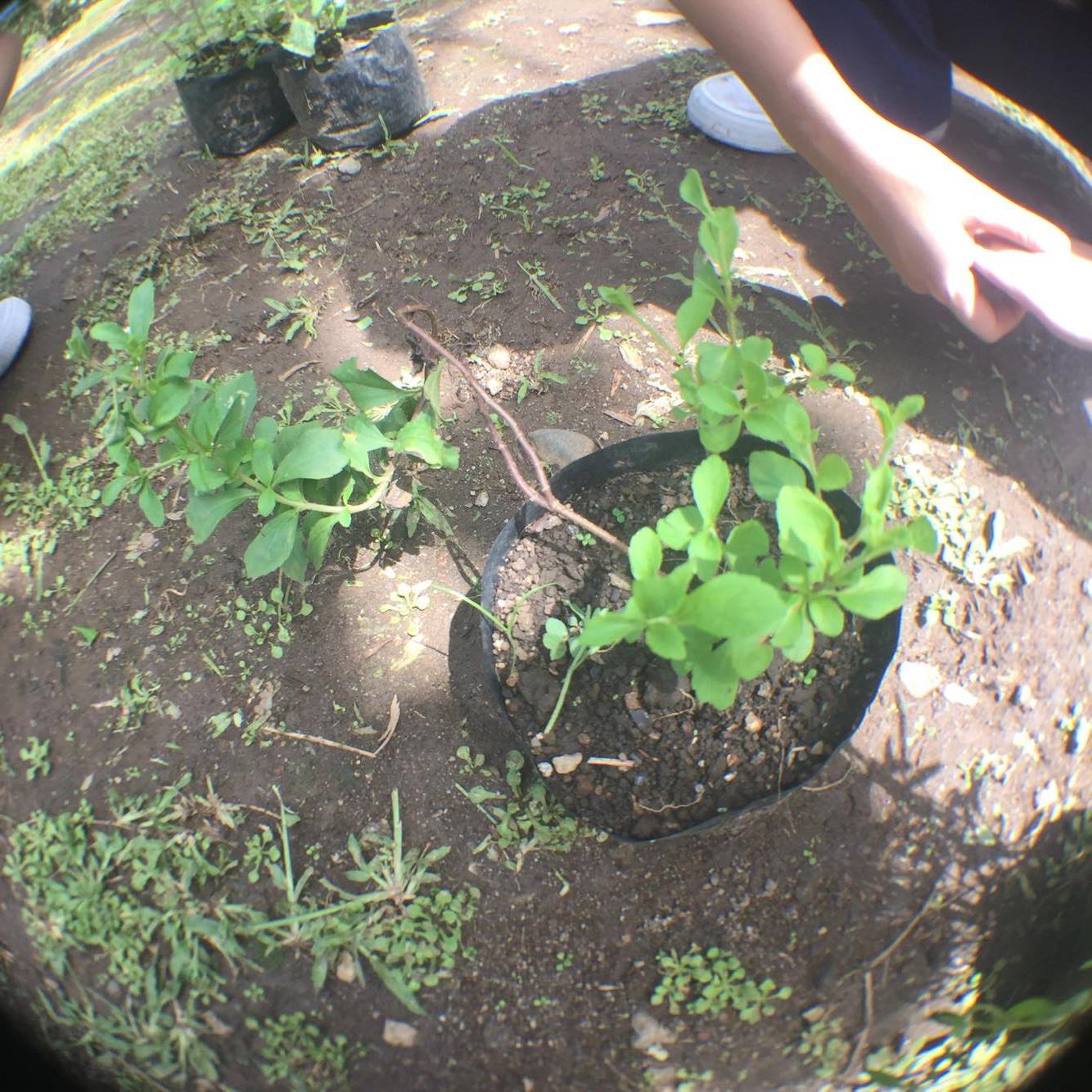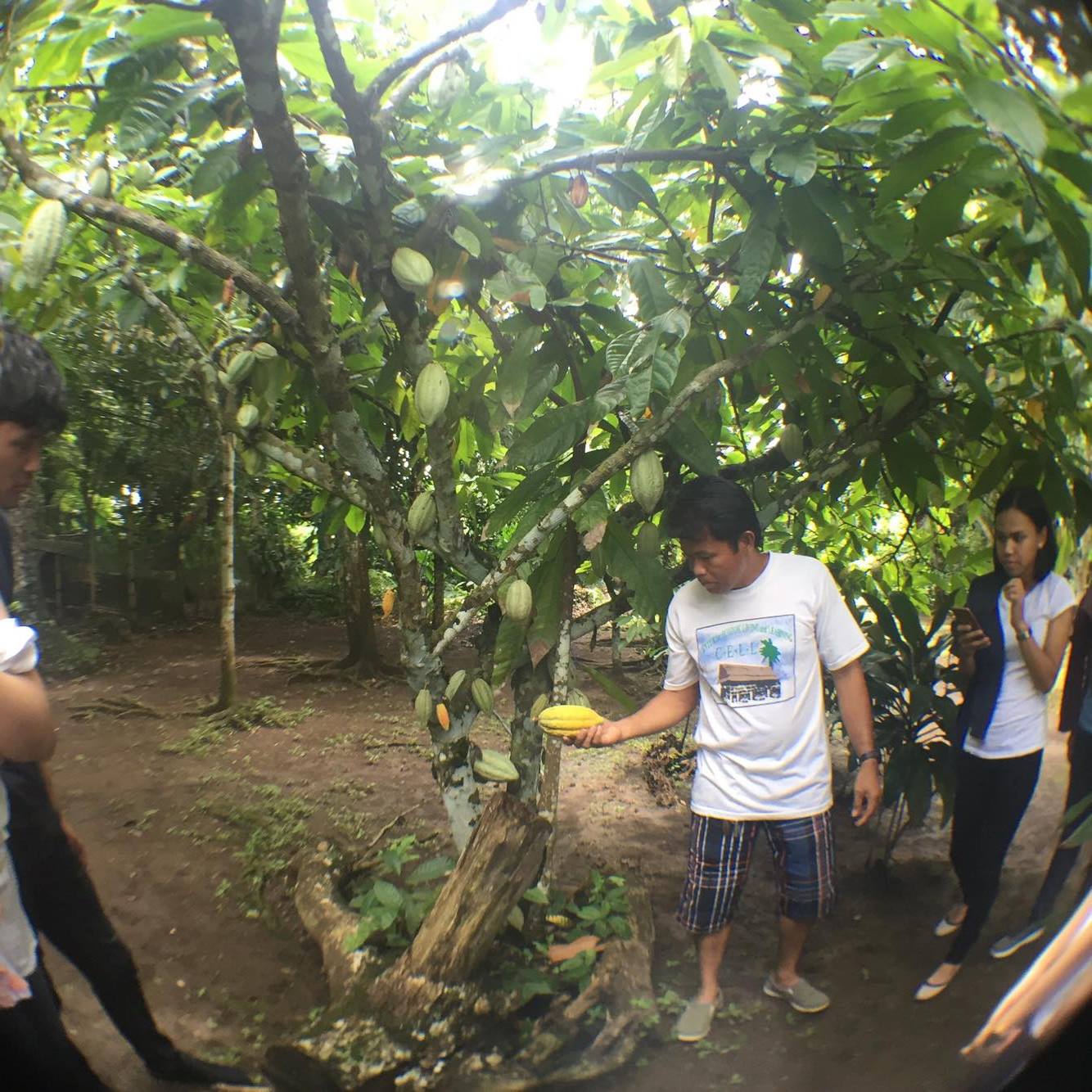Blogs
Sustainable living is the practice of reducing your demand on natural resources by making sure that you replace what you use to the best of your ability. Sometimes that can mean not choosing to consume a product that is not eco- friendly; and sometimes it means changing how you do things so that you start becoming more of an active part of the cycle of life. It may seem simple just by hearing but it truly is a challenging practice especially in today’s generation where waste is rampant.
We all know that climate change, global warming, depletion of ozone layer and resource depletion are real and their impact on human and animal lives can be devastating. Practicing sustainable living is an opportunity for us to help reduce carbon footprint or environmental impact by altering our lifestyle. Simple measures such as using public transportation more often, reducing energy consumption, becoming more eco-friendly, and not forgetting SINOP and ClayGo, can go a long way in reducing the negative impacts on our common home, the Earth.
In line with sustainable living, Last October 1, 2016, we visited a NGO and Eco- Spirituality Center CELL or the Center for Ecozoic Living and Learning at Silang, Cavite. Founded on 1998 by 3 Columbian priests to be a place for the restoration of the planet earth with a vision of “A world where humans live in harmony with the rest of Creation through living in harmony with one another in a just society.” And a mission of “Contributing to the Great Work, whereby humans learn to move from a stance of destroyer of the Earth Community to a stance that is mutually enhancing.” They showed us the different divisions of land into zones namely: Zone 0- where human activities occur, Zone 1- vegetable and herbal garden, Zone 2- Small animal farm, Zone 3- Flowering and fruit bearing trees, Zone 4- Timberland, and Zone 5- Wildlife zone and reserve pond .
Presenting to us their different ways of sustainable living, our first stop was the Biodigester . The Biodigester turns human waste into methane gas to be able to produce fire. This is also one example of a Waste Management Program. It keeps its waste in a septic tank which is connected to 13 toilets.


Kuya Benny demonstrating the use of the Biodigester
Next stop was at Zone 2 which is the Vegetable and Herbal Garden. We were also asked to taste different kinds of herbs namely, Eucalyptus, Stevia, and Tarragon. Followed by the Fruit bearing trees,we also tasted some fruits such as Rambutan and Cocoa pod



We also took a closer look at the Vermicomposting Station which was close to the Small Animal Farm as well wherein we got to see rabbits.

Small Animal Farm

Vermicomposting Station
Nearing the end of our trip, our last activity was the soil ritual wherein we all had the chance to touch the soil which was used to plant our herbs.


I see the youth now as ignorant people, people who leaves trash anywhere expecting that other people would do the job for them, people who waste the Earth’s resources thinking that everything is renewable, and people who puts their own want before the world’s need. We are now in a time where change is certainly needed. What stuck in my mind was that In the Web of Life, everything is interrelated, everything is interconnected, and everything is interdependent. All elements are life enhancing and bring balance and harmony in nature. Meaning what we do affects everything and that everything also includes the future generations. We should start by asking ourselves, is this what we really want for the future generations? A beautiful future for them depends on our decisions. They cannot challenge our decisions because they have no power unlike us. It is now up to us if whether we continue living this way or decide to change our ways.
